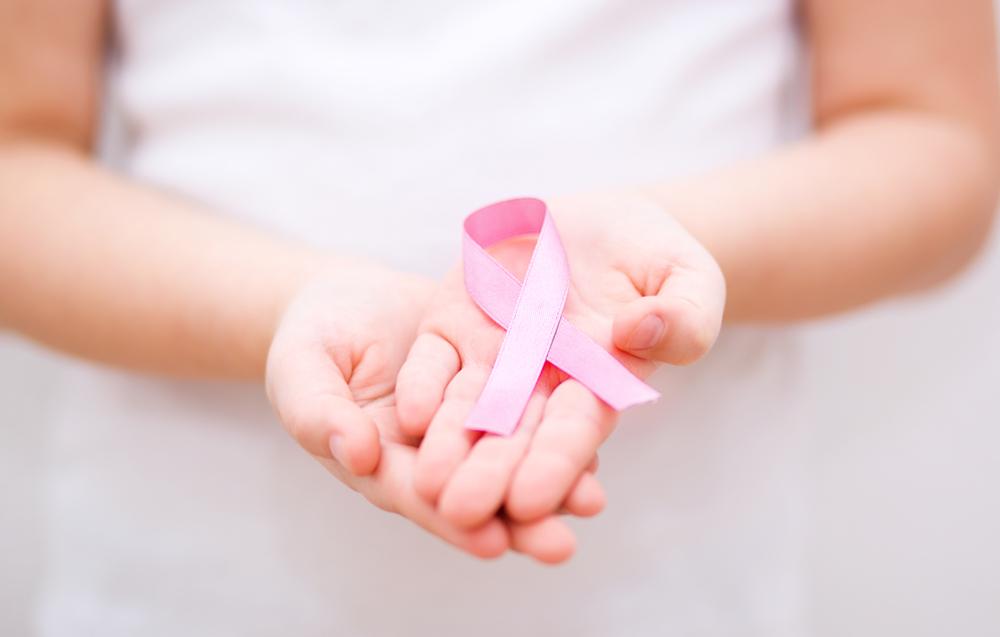
Breast Cancer – Treatment Options and their Side Effects
One of the most common and invasive types of cancer in women, breast cancer is the second leading cause of cancer-related deaths after lung cancer. In recent years, support, awareness, and research funding have helped with treatment against breast cancer, giving hope and optimism to many. The common treatments for breast cancer include surgery, chemotherapy, radiation therapy, and hormonal therapy among others. However, treatment options depend on the person’s age, stage of cancer, cell type, and the person’s general health.
Medical research has identified that lifestyle, hormonal and environmental factors may increase the risk of breast cancer in women. Doctors estimate that genetic factors are also at play as 5 to 10 percent of breast cancer cases are linked to gene mutations across generations. Besides the common treatments for breast cancer, doctors can also prescribe other preventive medication options. However, breast cancer patients may have to undergo long-term side effects after the treatment is over. In fact, there are new side effects that occur months or in some cases years after the treatment ends.
Here are the common treatments for breast cancer and their side effects:
Surgery
One of the most common treatments, surgery for breast cancer is of mainly two types:
- Lumpectomy
In this, the cancerous tumor and some tissues surrounding the area are removed, but not the entire breast. - Mastectomy
In this surgery, the entire breast is removed.
The common side effects of surgery include pain or discomfort, risk of infection and some mobility limitations post-surgery.
Chemotherapy
Usually administered intravenously, chemotherapy is either a single medication or a combination of medications used to kill cancer cells. Although the side effects vary depending on these medications, some of the common side effects are hair loss, nausea and vomiting, tingling or numbness related to nerve damage, lowering of blood count along with fatigue and infection, and damage to the ovaries that may lead to infertility.
Radiation therapy
Some patients also receive some form of radiation therapy after surgery (called “adjuvant” therapy, which means after surgery). Depending on the dose, the side effects vary. Common side effects include irritation and fatigue. After this form of therapy, bras and other pieces of clothing may cause soreness because of the rubbing caused in the treated area.
Hormone therapy
In this therapy, doctors use medications to block the production and function of estrogen since it can fuel the growth of cancer cells. Women who have not reached menopause, rely on their ovaries to make estrogen in their bodies. The side effects depend on the type of medication and treatment administered, but commonly they are similar to those of menopause such as hot flashes, mood swings or vaginal dryness.
Being aware of the symptoms and undergoing regular screenings for breast cancer are two important ways in which the risk of this cancer can be averted. Talk to your health provider in detail about any medical issues that you may be experiencing. Although certain conditions cannot be reversed, there are symptoms that can be treated on time.



